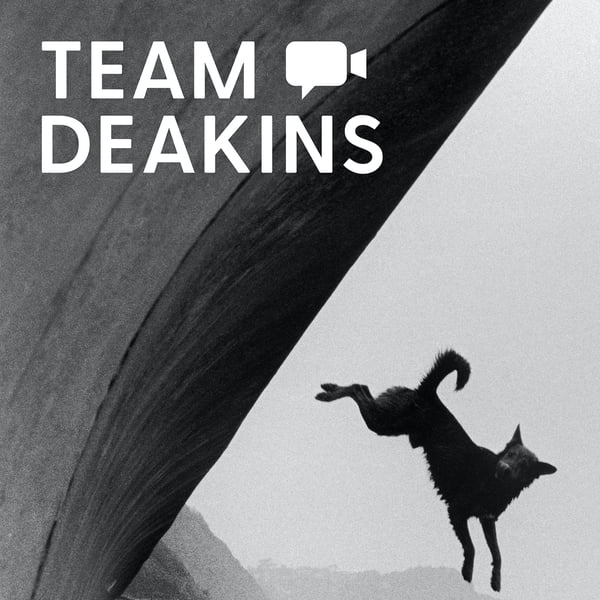POST-PRODUCTION - with Ed Lachman
Team Deakins
James Ellis Deakins
4.8 • 1.4K Ratings
🗓️ 12 March 2025
⏱️ 60 minutes
🧾️ Download transcript
Summary
SEASON 2 - EPISODE 132 - Post - with Ed Lachman
In this special episode of the Team Deakins Podcast, cinematographer Ed Lachman (Season 1, Episode 77) joins us to talk about post-production from the point-of-view of a cinematographer. Throughout the episode, Ed shares a bounty of his own observations regarding colour, luminosity, and depth of field, and we share our own perspectives on the perceived effects of anamorphic and spherical lenses. We later discuss the fatiguing effect of a monotonous montage of dark images, and Ed reveals a recent revelation about the relationship between resolution and colour. We also discuss the different (and complicated) methods of mimicking film in digital images, and we reflect on the importance of making your image look the way you want in-camera. We also ask Ed what he might do differently today to achieve the same Douglas Sirk-inspired look of Todd Haynes’ FAR FROM HEAVEN, and Ed even brainstorms what he might do on his upcoming film shooting later this year.
-
This episode is sponsored by Aputure
Transcript
Click on a timestamp to play from that location
| 0:00.0 | Hi and welcome to Season 2 of the Team Deacons podcast, a collection of informal conversations |
| 0:10.1 | between Roger and James Deacons and a guest. |
| 0:14.0 | We never know where the conversation will take us, so listen in and see where it goes. |
| 0:28.7 | This episode is sponsored by Aperture, a premier manufacturer of LED lighting with the industry's greatest variety of fixtures for your complete lighting needs. |
| 0:33.8 | Aperture recently announced the new storm family of lights. |
| 0:43.4 | With LED white light quality that matches natural daylight and classic tungsten bulbs, |
| 0:47.3 | plus extreme low-end dimming while maintaining color quality. |
| 0:55.6 | Discover more about the new storm lights and the complete Aperture lighting ecosystem at Aperture.com. |
| 1:01.9 | Today we're tackling the topic of post-production. |
| 1:08.7 | Joining us is cinematographer Ed Lachman, whose credits include Maria, El Conde, and Carol. |
| 1:14.8 | It's a big topic, so let's see how far we get. Ed, thank you for joining us. |
| 1:15.8 | For having me. |
| 1:39.8 | Let's start in the past what post used to be for us when we were in the days of the lab. I think it's important to say that the way we timed it was to take the negative, the cut negative, and put it on a hazelteen, and then the timer would manipulate the red, green, and blue lights to get the light that's right. And then that between 1 and 50 indicated how much light was coming through the printer doors or whatever we want to call it for each value. |
| 1:53.2 | And then when we did a corrected print, they worked from the print because God knows we didn't want to touch that negative anymore. |
| 2:00.6 | And they made their judgments, oh, a half point here, a half point there. |
| 2:05.2 | So it was a very different system than it is now. |
| 2:08.6 | Yeah, also didn't always use to be one single negative. |
| 2:11.6 | It would sometimes be A and B wrong. |
| 2:13.5 | Oh, all the time. |
| 2:14.6 | That was a cut negative. |
| 2:15.9 | Yeah. |
| 2:16.1 | So it was even more complicated. Yeah. What was your experience, Ed the time. That was a cut negative. Yeah. So it was even more complicated. Yeah. |
... |
Transcript will be available on the free plan in -18 days. Upgrade to see the full transcript now.
Disclaimer: The podcast and artwork embedded on this page are from James Ellis Deakins, and are the property of its owner and not affiliated with or endorsed by Tapesearch.
Generated transcripts are the property of James Ellis Deakins and are distributed freely under the Fair Use doctrine. Transcripts generated by Tapesearch are not guaranteed to be accurate.
Copyright © Tapesearch 2025.

